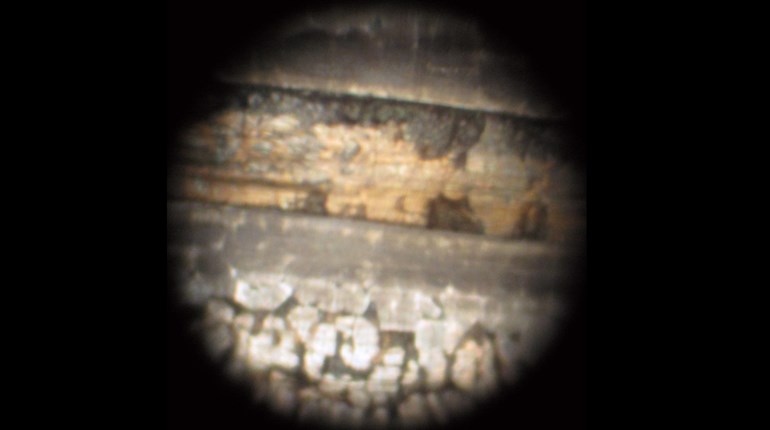
This might be a dumb question about how a gun works, but it’s a subject I do not know and I should if I am going to be around guns.
My boyfriend is a gun guy and spends a lot his free of time at the gun shop and at the range with his buddies. After accompanying him to the shop to look at a new gun, and then to the range to watch him do some shooting later in the day, I noticed that he was almost fanatical with checking the gun’s status. He checked whether it was loaded or unloaded when he picked it up to shoot and after he was done shooting. He kept telling me the only way to be safe with a firearm was to know its status. I think I got that, but when he went into the visual and physical check multiple times to unload the gun, he lost me. Not wanting to seem stupid, I smiled and nodded, feigning that I understood what he was doing. Could you, in simple terms, explain just what visual and physical checks are and why it is necessary to perform that action many times before the gun is considered safe?
Ava Buskie, via e-mail
Thank you for the question. I am sure you are not alone in hearing the safety jargon that “gun guys” typically espouse, but not fully understanding what is meant by what they are saying. Fortunately, your boyfriend is safety conscious although somewhat lacking in explaining what he is doing and why he is doing it, not to mention showing you specifically how it is accomplished. If he ever plans to have you join him at the gun shop and range handling and shooting pistols, it is a basic essential to have and with which to be familiar.
When a firearm is to be verified unloaded (total separation of the ammo from the firearm) from a loaded or unknown status, the first thing to do is pick a safe direction (a direction where no personal injury and minimal property damage would occur should the gun fire) to point the muzzle (where the bullet comes out of the barrel) and keep the fingers away from the trigger (which makes the bullet come out of the muzzle) when initially handling the gun.
Once the gun is pointed in a safe direction, remove the source of ammunition (the magazine in a semi-automatic handgun), to prevent multiple shots from being fired should the firearm discharge inadvertently.
The next step is to open the action, leaving it open for a visual inspection followed by a physical inspection with the hands and fingers in order to see and feel the presence of any ammunition remaining in the gun.
When the action is opened, if the firearm was loaded with a cartridge in the chamber of the barrel, the cartridge should be pulled from the chamber and ejected from the gun to the ground. This should be verified visually. Any other ammunition can be identified for removal by visually checking the chamber, the areas in the firearm that may hold ammunition, such as the magazine well and the breechface where the extractor holds the cartridge prior to the ejector pushing it free of the gun through the ejection port.
Once the firearm is determined to be unloaded visually, the status of the gun should be verified physically by a finger or fingers touching the areas that have been visually verified as clear a second time. There are times in life, particularly when in haste, we look but do not see an object of interest and/or importance. This is where the phrase made famous by former President Ronald Reagan, “Trust but Verify,” becomes meaningful when checking the status of an unloaded firearm. Trust your vision but verify with the sense of touch. Other than a second check of the gun just to be extra sure, the job of separating the firearm from the ammo should be complete.
It is important to get some training on the firearms you intend to use, with or without your boyfriend, since the loading and unloading procedures may vary from one style of firearm to another.
Safety is never stupid. It is no sin to ask questions and request demonstrations in a manner understandable to you. It is always better to err on the side of caution and safety than to suffer a lifetime of potential regret for an irreversible event that could have easily been avoided.



































